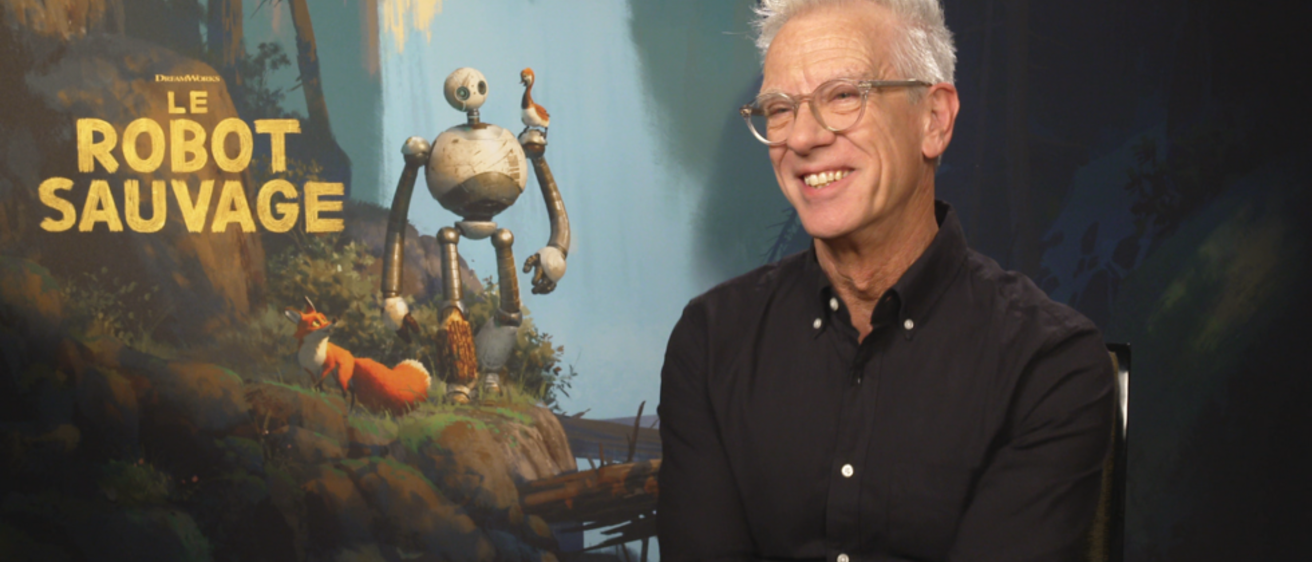The Wild Robot has become one of the most successful animated movies of the year, both a critical and commercial darling, and could even beat Disney's billion-dollar Inside Out 2 for the Best Animated Feature Oscar this year. However, most of the praise for the movie is going to DreamWorks as a studio rather than to the man who wrote and directed it, Chris Sanders.
While it’s true that many mainstream Hollywood animated features are made by directors working on a hired basis, Sanders is one of the few auteurs in the Hollywood animated feature industry. A hallmark of an auteur is someone who continually explores recurring themes, and Sanders is certainly one of these filmmakers. His movies often center on outsiders—whether it's the quirky little girl in Lilo & Stitch, a lost robot in The Wild Robot, or a hermit prospector in The Call of the Wild. These outsiders often find companionship with an animal, such as Hiccup with Toothless, Lilo with Stitch, or John Thornton with Buck.
A typical Sanders protagonist also often faces family struggles. We see this in Hiccup's relationship with his father in How to Train Your Dragon, Eep's with her father in The Croods, and Lilo's strained relationship with her sister after the death of their parents. Yet, family always prevails, often thanks to the help of their animal companions.
Another distinctive feature of a Sanders film is that it is almost entirely set outdoors. Rarely are his characters inside; when they are, it is often where troubles arise, while the outdoors represents a place for growth and transformation. Sanders’ films also feature beautifully designed backgrounds that bring diverse landscapes to life, from Hawaii's tropical beauty in Lilo & Stitch to the varied climates of the U.S. in The Wild Robot.
Hollywood animation is such a homogenized world that it often stifles voices outside of the studio’s dominant vision. That's why it’s important to recognize someone like Sanders, whose films consistently reflect a unique theme and worldview.
